Buying a Sump Pump – All You Need to Know
At times we only appreciate the gravity of a negative event once we’ve experienced it, so buying a sump pump never springs to mind.
Have you ever had to go through the ordeal of a flood in your home?
If so, you surely know how difficult it is to get rid of the water.
Moreover, you fully appreciate how you felt when you had to throw away invaluable and sentimental items that got ruined due to water penetration.
No doubt you probably had to spend considerable money on certain repairs that had to be carried out afterwards.
If you live in a home with a basement that could potentially flood and never went through this experience, consider yourself lucky!
Like many other households who try to safeguard against the risk of flooding, investing in a sump pump is a must.
Let us help you through the buying and selection process.
Below we highlight some key aspects relating to the purchase and installation of a sump pump in your home.
Article Chapters
What’s a Sump Pump For?
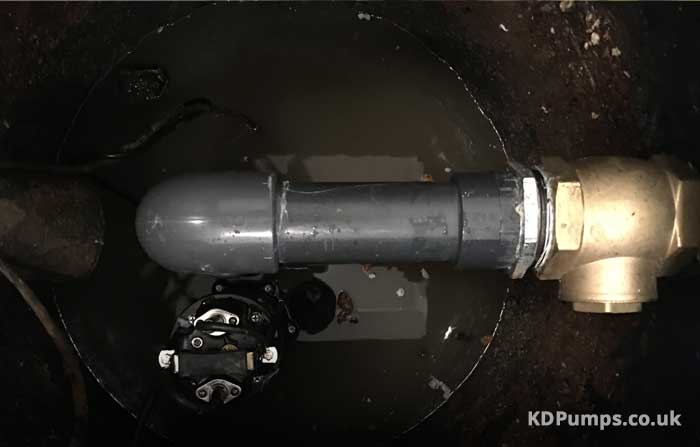
A sump pump is almost always located in the basement, fitted into a cylindrical hole bored into the ground.
As the name itself implies, it is used to extract unwanted ground water from your property and pump it away to another location where it will not cause any harm.
Often this is a storm drain or a well.
The sump pump is generally installed underneath the basement floor.
There are however some other kinds of sump pumps, placed above the sump basin.
Sump pumps are practically a must in homes where flooding is commonplace due to the proximity to natural flowing ground water, high water table levels or heavy rainfall.
Even if not, it is best to invest in a sump pump to benefit from the peace of mind it can offer if a potential flood could occur, however remote those chances are.
Indeed, a sump pump is a precautionary system which can safeguard your home from catastrophic damage that can result from flooding.
Sump Pump Alternatives
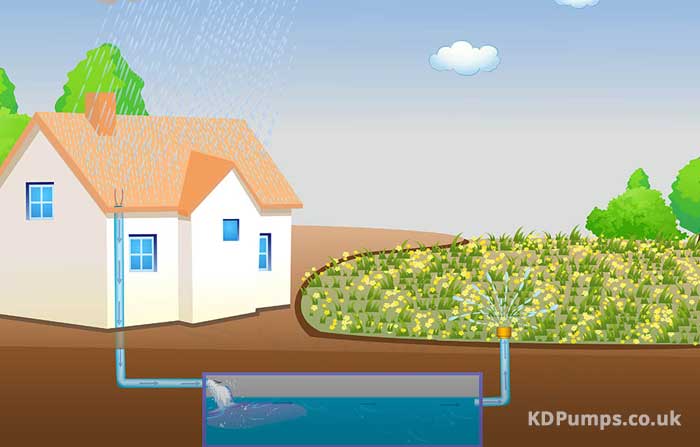
While we’re highlighting the benefits of installing a basement pump, it’s also worth mentioning a few alternative options to sump pumps.
A helpful solution to controlling water is to install an outdoor curtain drain.
This basically diverts water to a pond.
Another option is to install gutters in a way that they do not drain too close to the foundation of your house.
If there are already gutters, you may wish to improve them by setting up a different guttering system or harvesting the water into a rainwater collection system.
Chances are that there is a walkway or patio deck that slopes towards the house.
You need to remove such instances as they contribute to directing more water to the foundations, and could easily result in unwanted flooding.
You may wish to consider re-levelling slabs or setting up a slope that will direct water away, rather than towards the property.
Obviously this option will require considerable investment.
Buying a Sump Pump
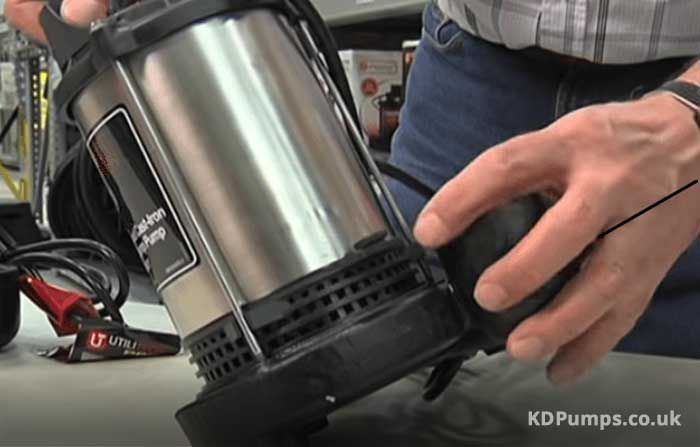
Choosing a sump pump that is ideal for your needs is very important.
This will ensure that the pump is able to do its job well, and not fail just when you need it most.
There are various factors worth taking into account before you make the final choice, and this is what we’ll be discussing in more detail below.
Manual vs Automatic
One of the primary considerations is whether you prefer to invest in a manual or automatic pump.
Automatic sump pumps are obviously more efficient than manual.
They can basically be configured to pump water whenever there is the need to.
Having said that, automatic sump pumps are relatively more expensive than manual.
So if you’re working to a tight budget, you may wish to opt for a manual sump pump.
Size of the Motor
The sump pump’s motor is another highly important factor.
Naturally, the more powerful the motor is, the more water the sump pump will be able to pump out.
The size of the motor will thus need to be considered in relation to your location, and how much flooding you expect to have to deal with.
Submersible vs Pedestal
The two main types of pumps are submersible and pedestal pumps.
They both effectively perform the same task but have their pros and cons.
You’ll need to carefully consider what’s best for your specific case.
A submersible pump is generally preferred when noise could prove to be a problem.
Naturally, since it is immersed in the water it produces less noise than a pedestal pump.
However, submersible sump pumps are more expensive and moreover, they do not generally have such a long lifespan as their counterparts.
So they require more regular maintenance and servicing as a result.
This is directly caused by being constantly underwater.
Besides, they tend to take longer to operate than pedestal pumps.
As a general rule of thumb, as long as you have the necessary space in your basement, a submersible pump is the generally preferred option.
This is because despite the various cons outlined above, it is better to be able to cover up the sump pit with a lid to keep any unwanted debris from the pump, as well as reduce any noise coming from the pump’s motors.
An airtight lid is also recommended since it can keep moisture from being released and further reduce sound transmission.
Capabilities
You will need to consider whether the sump pump you intend to buy is sufficient for the levels flooding that might happen.
This includes the amount of rainfall that is typically experienced in your location, a high water table, and the size of your basement.
The capability of the sump pump will need to be taken into account in relation to all this.
Moreover, you may wish to consider whether one sump pump is going to be enough, or if it might be better to have an additional pump installed.
A back-up sump pump could be ideal both to offer more power, as well as to pick up where the other pump left off in case of failure.
A sump pump made from a cast iron core is to be preferred to one made from plastic since cast iron is ideal to dissipate heat to the water, thereby improving the pump’s longevity.
Clogging and blockages are a rather common problem for sump pumps.
Debris can easily cause such clogs.
Hence it is best to opt for a sump pump that has an impeller which can handle solids and thus reduce blockages.
Backup Systems
A secondary pump installed in addition to your primary sump pump is a very good idea.
This is even more recommended when the basement is finished to high standards.
Or in cases when you store items of high value, and hence you cannot afford to have a flood cause irreparable damage.
A backup is obviously a godsend in case the original sump pump fails.
There may also be occasions when the first sump pump is not able to pump the water efficiently enough, and hence the backup pump will then kick in automatically.
A battery backup pump is another great option.
This is because during storms, power outages are quite common.
Hence, a battery powered sump pump will be able to do the job in case the power goes out.
Alternatively you may wish to consider investing in a generator that will start up the second there is a power outage from the grid.
Testing
It is important to check the functionality of the sump pump.
If you are moving to a house where there is already a sump pump installed, make sure to test it to see whether it is working properly.
It might need to be repaired, replaced, or serviced and you can only discover this once you’ve tested it.
Testing is an important aspect with any appliance or system.
To keep your sump pump functioning efficiently and effectively, you should make sure to test it periodically.
There is no need to wait for a storm to see whether the sump pump is able to pump away the water properly.
From time-to-time, pour a bucket of water into the sump pump pit to check whether it activates and starts draining the water.
Inspect the sump pump’s ability to drain the water and whether it turns off once the water level falls below the shutoff point.
Servicing & Maintenance
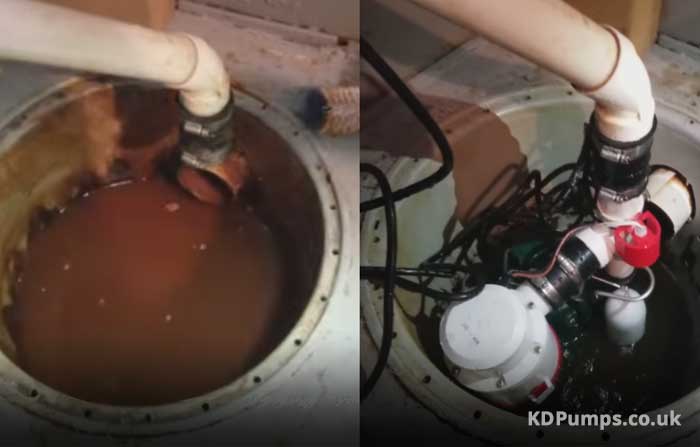
To maintain the sump pump in good working order, it’s important to test it periodically as well as service it regularly.
This will ensure that the sump pump is operating at maximum efficiency.
Should there be any need for repairs, you will be able to identify them and deal with them before a flood occurs and the sump pump is unable to do its job.
Regular sump pump servicing and maintenance will also help to increase the pump’s longevity.
Regular maintenance includes cleaning the sump pump to prevent clogging from accumulated debris.
This also includes cleaning the filter.
If possible, you should also remove the grate at the bottom of the pump and clean that too.
Make sure to check the valve and whether the pump is connected to the power as well.
If temperatures are very low, you should check for any frozen sump pump lines.
Also check the sump pump’s discharge line to see if there’s any obstructions.
Basic servicing can be carried out annually.
If you however suspect that the sump pump is not functioning properly despite your regular maintenance, you may wish to have a professional to carry out a service as well as check it for any replacement parts or repairs.
Conclusion
The guide above should be of great help in assisting you to buying a sump pump for your home.
There are various things to consider to choose appropriately.
Moreover, there are different sump pumps on the market too.
As we discussed, they offer various advantages and disadvantages which should also be factored in your buying decision.
Keeping these tips in mind should allow you to make a well informed buying decision and have an efficient sump pump installed in your home.

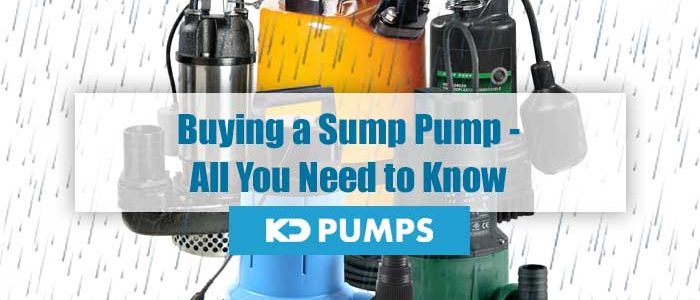
Comments are closed.